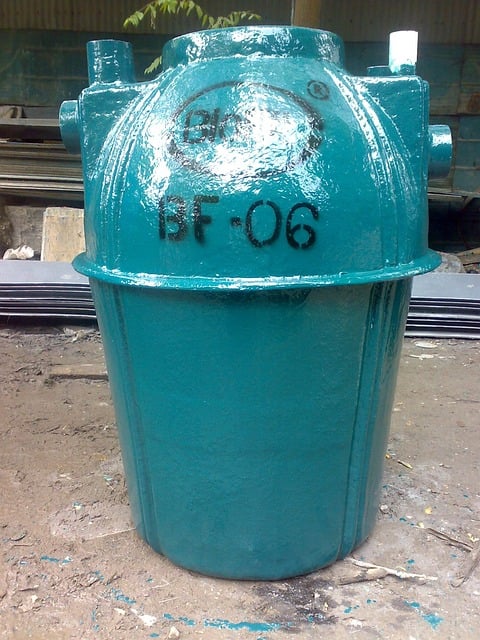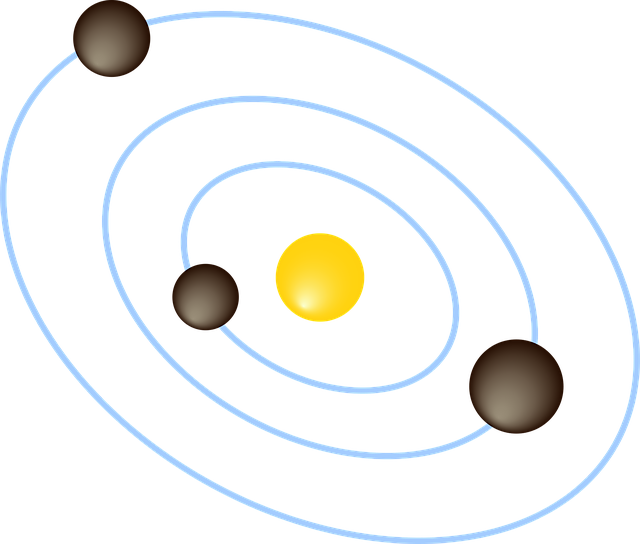Understanding, maintaining, and regularly inspecting your septic system – comprising a tank for waste storage and bacteria for treatment, followed by soil filtration in a leach field or distribution box – is crucial. Annual professional inspections, avoiding grease and overloading drains, limiting water usage, and protecting the tank from tree roots prevent clogs and overloading. Misconceptions about invisible issues leading to failure underscore the importance of regular pumping (every 3-5 years) and proactive care for optimal septic system performance, longevity, minimal environmental impact, and avoidance of costly repairs.
“As a homeowner, ensuring your septic system operates optimally is crucial for maintaining a healthy environment and avoiding costly repairs. This comprehensive guide delves into the essential aspects of septic system maintenance. From understanding key components and functions to best practices and common mistakes to avoid, you’ll gain valuable insights. By following these guidelines, you can extend the lifespan of your septic system and contribute to a more sustainable home.”
- Understanding Your Septic System: Key Components and Functions
- Best Practices for Regular Maintenance to Keep Your System Running Smoothly
- Common Mistakes Homeowners Make and How to Avoid Them
Understanding Your Septic System: Key Components and Functions

Understanding your septic system is crucial for effective maintenance. This natural waste treatment system consists of several key components working harmoniously to break down and dispose of household wastewater. At its core, a septic tank acts as a temporary holding chamber where solid waste settles, while beneficial bacteria break down organic matter into nutrient-rich effluent. This partially treated water then flows into a leach field or distribution box, where it seeps into the soil, further purifying the water before it recharges groundwater supplies. Regular pumping and cleaning of the septic tank is essential to prevent solids buildup that can clog pipes and disrupt this natural process, emphasizing the importance of proper septic system maintenance.
Homeowners should familiarize themselves with this hidden yet vital infrastructure on their properties. Knowing where your septic tank and leach field are located, understanding the capacity and age of your system, and scheduling regular inspections by professionals are all critical steps in maintaining a healthy, efficient septic system. By adhering to these practices, homeowners can ensure their systems operate optimally, minimizing environmental impact and avoiding costly repairs or replacements down the line.
Best Practices for Regular Maintenance to Keep Your System Running Smoothly

Regular maintenance is key to ensuring your septic system operates efficiently and prolongs its lifespan. Here are some best practices to keep in mind:
– Schedule Annual Inspections: Don’t wait for problems to arise. Have a professional inspect your septic system at least once a year. Early detection of potential issues, like clogs or tank damage, can prevent costly repairs and avoid environmental hazards.
– Avoid Pouring Oils and Fats Down the Drain: These substances solidify in cold temperatures and can clog pipes leading to your septic tank. Always dispose of grease, oil, and culinary fats in a responsible manner, never pouring them down sinks or toilets.
– Limit Water Usage: Excessive water usage can overload your septic system. Be mindful of your watering habits, especially during dry periods, and fix any leaky faucets promptly.
– Don’t Plant Trees Near Your Septic Tank: The roots from nearby trees can infiltrate and damage the tank and pipes, leading to costly repairs or even system failure. Keep a safe distance when planting vegetation around your property’s septic infrastructure.
Common Mistakes Homeowners Make and How to Avoid Them

Many homeowners overlook regular septic system maintenance, often due to a lack of understanding or misconceptions about the process. One of the most common mistakes is assuming that as long as there are no visible issues, everything is functioning properly. This can lead to serious problems down the line, such as costly repairs or even complete system failure. It’s crucial to remember that septic systems require proactive care. Regular inspections and maintenance tasks like pumping every 3-5 years, depending on usage, can prevent these issues.
Another mistake to avoid is using your septic system in ways that are detrimental to its health. This includes not disposing of certain materials like grease, coffee grounds, or non-biodegradable products down the drain. Overloading the system with too much water from high-flow fixtures or multiple appliances running at once can also cause problems. Educating yourself about what goes into your septic tank and maintaining a balanced lifestyle that respects its capacity is key to avoiding these pitfalls in your septic system maintenance routine.
Maintaining your septic system is vital for ensuring a healthy, sustainable home environment. By understanding the key components and functions of this essential infrastructure, you can employ best practices for regular upkeep. Avoiding common mistakes, such as overloading the system or neglecting routine inspections, will help prevent costly repairs and ensure your septic system runs smoothly for years to come. Remember, proper septic system maintenance is a responsibility every homeowner should take seriously for the benefit of both their property and the local environment.
